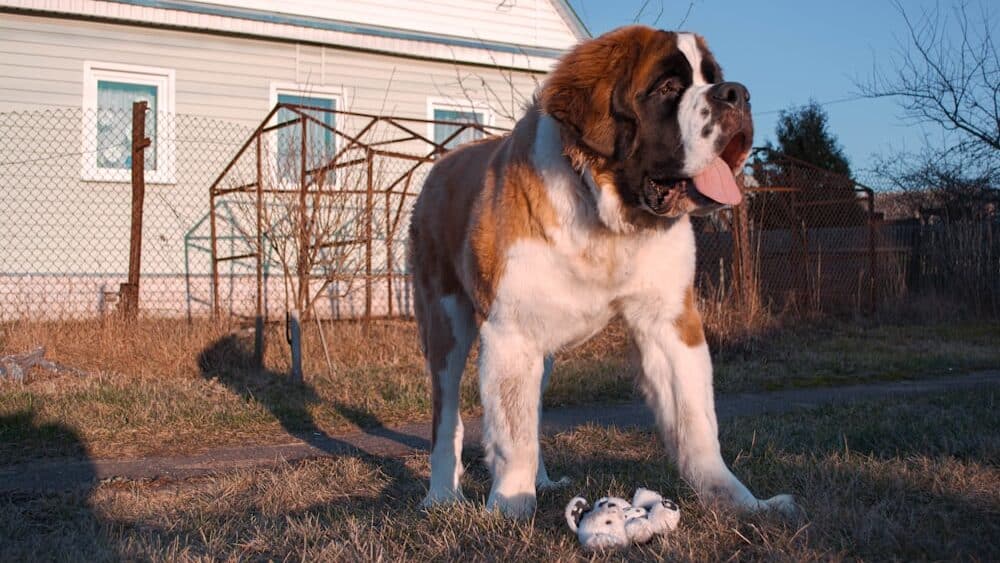1. The size of male dogs is larger
When sexual dimorphism is present in dog breeds, size (or sexual size dimorphism) is the most obvious characteristic that separates males from females.”Rensch’s Rule” is an intriguing occurrence that merits discussion. It was initially reported in 1950 by Bernard Rensch, who is honored with the term. In general, the rule states that within a dog breed, the female is smaller and the male is larger. Because of this, the larger breeds tend to exhibit this disparity more frequently, while the smaller breeds seem to exhibit less variety. Dogs that exhibit sexual size dimorphism in multiple ways. For example, male Rottweilers are expected to be more substantial overall, with a larger frame and heavier bone structure, according to the American Kennel Club breed standard. At the withers, male Rottweilers should grow to a height of 24 to 27 inches. In contrast, females are said to be feminine and measure between 22 and 25 inches at the withers. Smaller dog breeds, such as papillons, miniature spitzes, Prague ratters, and Chihuahuas, demonstrated fewer significant variations in shoulder height in research. Male dogs often weigh more than female dogs since, of course, height corresponds with weight.

Sponsored
Sponsored






